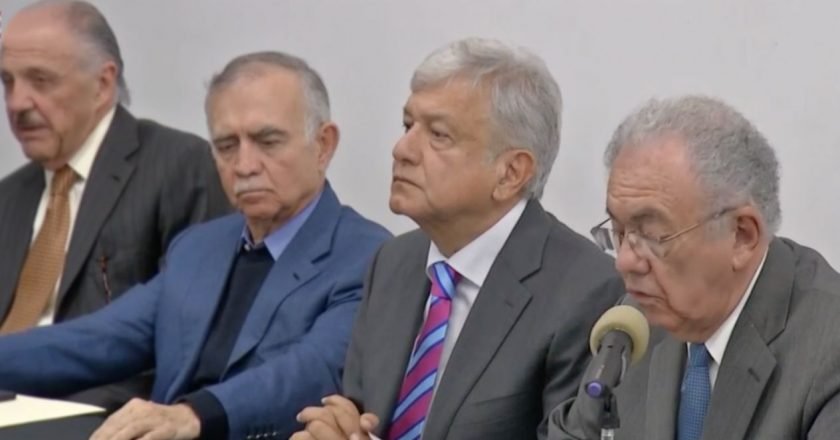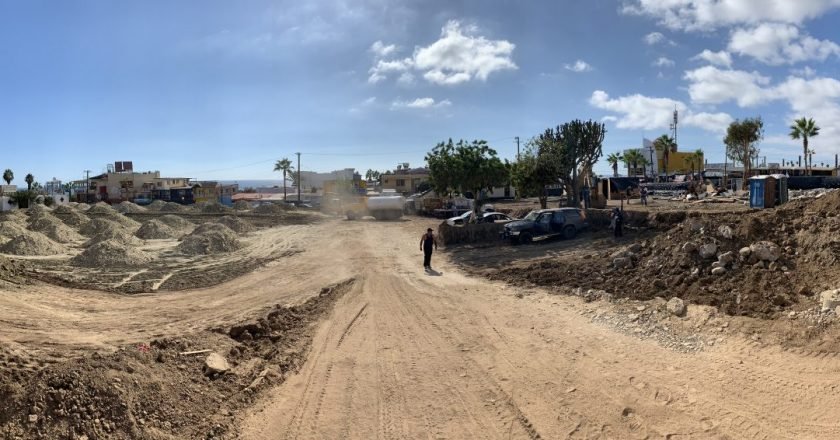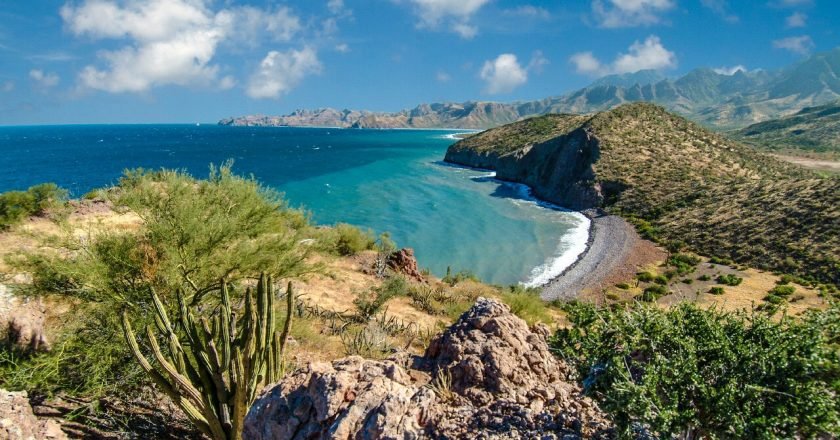Ensenada city workers going back to work. After a couple weeks of being on a sit-down strike, Mayor Novelo was …


Ensenada city workers going back to work. After a couple weeks of being on a sit-down strike, Mayor Novelo was …

More hotels. Wyndham is expanding in Mexico because the country is a rising power in tourism, and the sector is …

Tijuana Bull Ring Local action has been slow recently — not many bonito or bass, and just a fair number …

Tijuana Bull Ring Wide open bonito fishing this morning in the Point Loma area down to IB. The bones were …

Oh happy day! According to our new president elect there will be no federal government inspectors including those from the …

New Calimax Opening In Puerto Nuevo. Don’t run to the car just yet, the new store is not expected to …

Tijuana Bull Ring There are still a few calico bass in the kelp along with an occasional yellowtail, and you …

Tijuana Bull Ring Trolling along the outer edge of the kelp beds found along the shore have been yielding an …

BY SANTIAGO VERDUGO Another dunderhead idea. The decentralization of the federal government by moving some departments out of Mexico City …

Rosarito desalination plant update. Congressman Miguel Osuna sent a formal request for information regarding the new Rosarito desalt plant that …